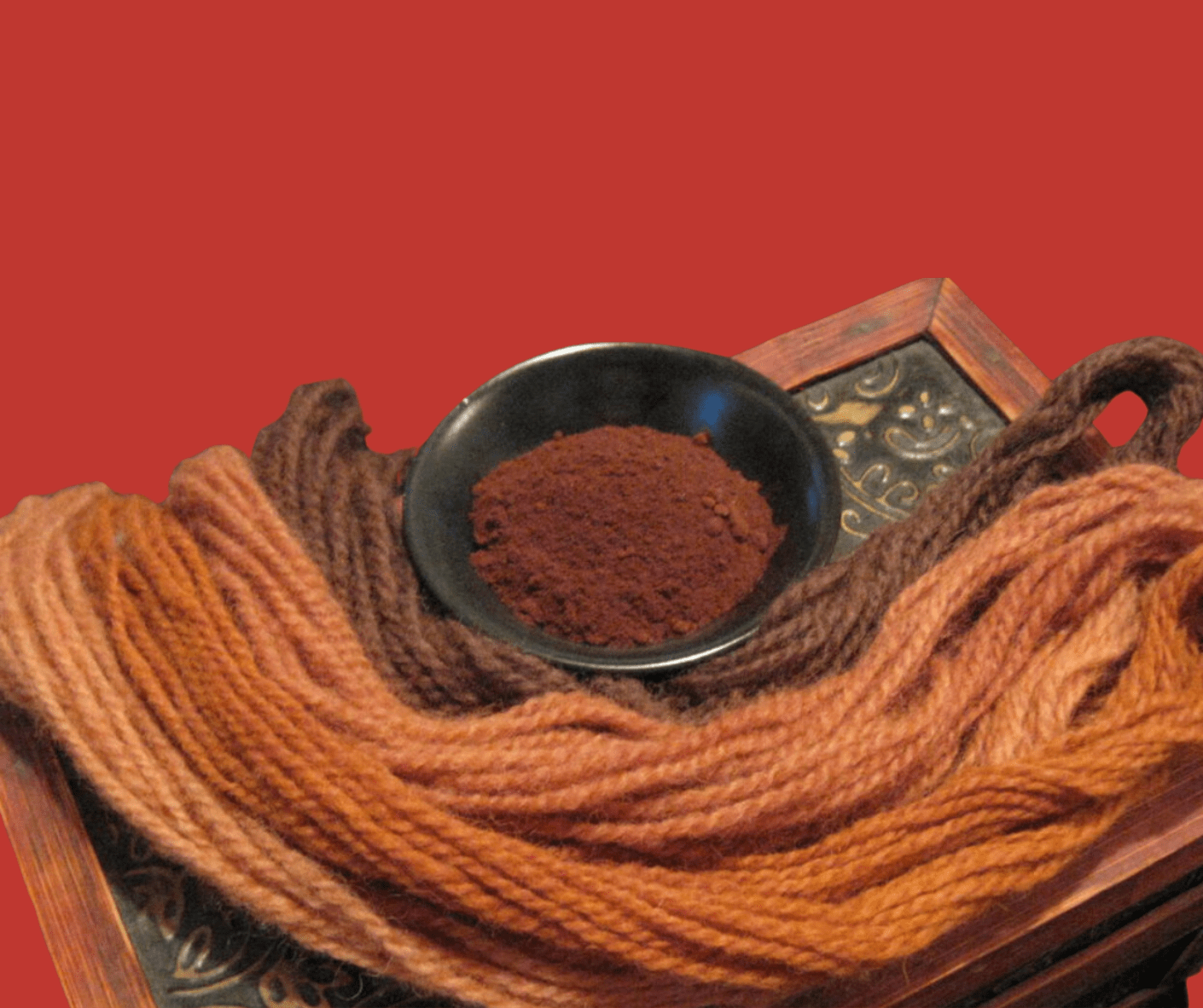Catechu, a natural extract from the heartwood of the Acacia tree, has been used for centuries for its medicinal and practical properties. In the high-altitude region of Lo Manthang, Mustang, Catechu plays a significant role in local culture and traditions, particularly for its rich color and astringent qualities. The deep, earthy brown hue of Catechu is often used in dyeing fabrics, especially in the creation of traditional textiles and art forms in the region.
Medicinal and Culinary Uses of Catechu
Since ancient times, Catechu has been a vital ingredient in Ayurvedic medicine, revered for its astringent properties. It is commonly used to treat inflammation, mouth sores, and digestive issues. Beyond the medicinal realm, it has found its way into culinary practices. In South Asia, Catechu is an essential component of paan mixtures like paan masala and gutka, which are chewed for their refreshing taste and digestive benefits. In Europe, specifically in France and Italy, Catechu is used in licorice pastilles, enhancing the flavor and providing its astringent qualities.
Catechu in Tanning and Dyeing
The high concentration of natural vegetable tannins in Catechu has made it a valuable resource in the tanning of animal hides. In the early 19th century, scientist Humphry Davy discovered that Catechu could replace the more expensive oak extracts traditionally used in leather tanning. Its effectiveness and affordability led to its widespread use. Today, Catechu continues to be an important material in both the tanning and textile industries, appreciated for its deep color and practical benefits.

